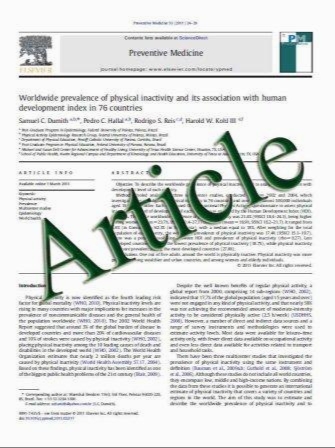Posterior approach for cervical fracture–dislocations with traumatic disc herniation
- نوع فایل : کتاب
- زبان : انگلیسی
- مؤلف : Hiroaki Nakashima • Yasutsugu Yukawa • Keigo Ito • Masaaki Machino • Hany El Zahlawy • Fumihiko Kato
- چاپ و سال / کشور: 2010
Description
In the treatment algorithm for cervical spine fracture–dislocations, the recommended approach for treatment if there is a disc fragment in the canal is the anterior approach. The posterior approach is not common because of the disadvantage of potential neurological deterioration during reduction in traumatic cervical herniation patients. However, reports about the frequency of this deterioration and the behavior of disc fragments after reduction are scarce. Forty patients with traumatic disc herniation were observed. They represented 29.2% of 137 consecutive patients with subaxial cervical spine fracture– dislocations. Surgical planning was performed according to our two-stage algorithm. In the first stage, they were treated with posterior open reduction and posterior spine arthrodesis. In the second stage, anterior surgery was added for cases where neurological deterioration attributed to nonreduced disc fragments on postoperative magnetic resonance imaging (MRI). Neurological deterioration after posterior open reduction was not observed. Furthermore, 25% of total cases and 75% of incomplete paralysis cases improved postoperatively by C1 grade in the American Spinal Injury Association impairment scale. Reduction or reversal of disc herniation was observed in all cases undergoing postoperative MRI. For local sagittal alignment, preoperative 9.4 kyphosis was corrected to 6.9 lordosis postoperatively. The disc height ratio was 72.4% preoperatively and 106.3% postoperatively. The second stage of our plan was not required after the posterior approach in this series. The incidence of neurological deterioration after posterior open reduction was zero, even in cases with traumatic cervical disc herniation. Favorable clinical and radiological outcomes could be obtained by the first stage alone. Although preparations for prompt anterior surgery should always be made to cover any contingency, the need for them is minimal
Eur Spine J (2011) 20:387–394 DOI 10.1007/s00586-010-1589-1 Received: 3 November 2009 / Revised: 15 August 2010 / Accepted: 25 September 2010 / Published online: 9 October 2010


